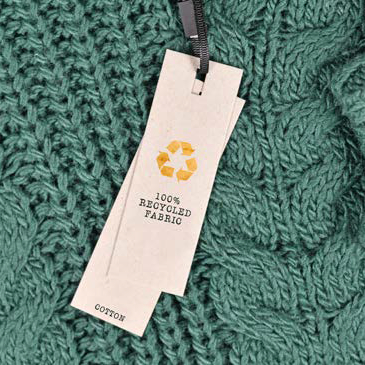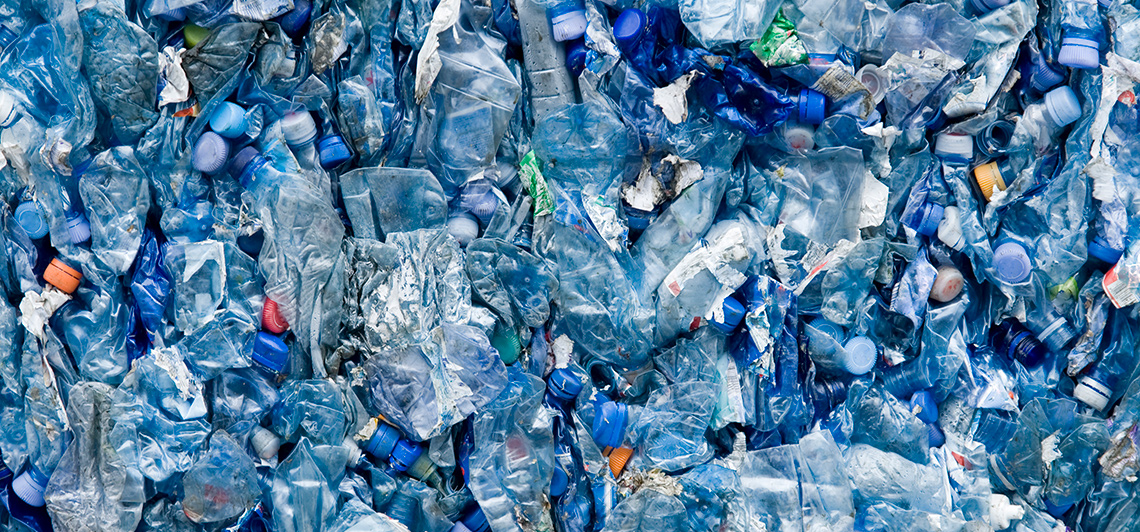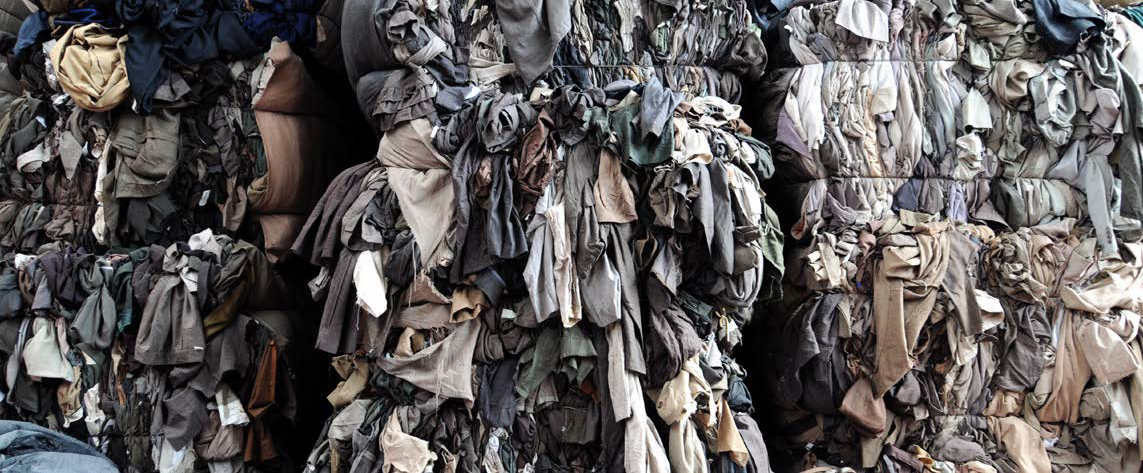Fashion production releases 10% of the world’s carbon emissions, is responsible for 20% of all water pollution worldwide and by 2030 the annual global waste from textiles is estimated to reach 148million tonnes. With regards to sustainability, BCG believe a third of the fashion industry is yet to take any action. Business of Fashion Sustainability Index has shown that the sustainability credentials of the world’s top fashion brands have actually declined since 2021. The thinktank Planet Tracker has warned that the fashion industry has a “serious misinformation problem”, with companies relying on zombie data to badge products as sustainable and environmentally friendly. Green washing is said to be rife, with valid and important sustainability innovations being used to mask otherwise environmentally or socially damaging activity.
Affordable and fast fashion in particular is considered to have the greatest environmental impact within the fashion industry, yet has grown astronomically as a global business over the last two decades, worth £30bn and expected to reach £240bn by 2030. So with the appetite for affordable, disposable goods appearing to be unabated, is it even possible for large fashion brands to fully adapt to the sustainability agenda and environmentally conscious shoppers? Beyond the products sold, clothing retailers can do something to improve the carbon footprints of their shops and warehouses. While that is only part of the wider problem, it does hold value for the real estate industry if we are to bring down the carbon impact of the built environment.

As one of the largest fast global fashion brands, H&M acknowledges there is a lot of work to do across its entire supply chain in order to reach a net-zero future. The retailer aims to have 30% recycled materials in their products by 2025 and 100% by 2030.
H&M’s Garment Collecting programme, which encourages consumers to drop off any unwanted clothes in-store in exchange for a voucher, is the “largest in the world” since being rolled out globally in 2013. In 2019 alone, the scheme collected 29,005 tonnes of unwanted clothes and textiles; equivalent to 145million t-shirts. Additionally, customers in 24 markets can now shop second-hand garments through Sellpy, of which H&M Group is a majority shareholder.
However, while the brand offers several more sustainable options, the majority of its clothes aren’t eco-friendly and given the global scale of their operations this means considerable potential for further increases in waste and global emissions. It should be emphasised that H&M isn’t alone with this dilemma and is making some inroads. The introduction of the Green Machine developed with the H&M Foundation may prove a game changing technology for the fashion industry, if it can be implemented at scale, as it enables low energy ‘clean’ recycling of multiblended materials that could otherwise not be reused.
For the buildings they operate and the products and materials used within them, H&M’s aim is to reduce CO2 e emissions from operations by 56% by 2030 and all store interiors designed to be reusable, repairable or recyclable, from 2021. Currently, 31% of interior materials shared via their online sharing tool are reused.
In partnership with ARUP, H&M is assessing the lifecycle impacts and life expectancy of store formats with an aim to establish a carbon emission baseline (average kgCO2 e per m2 ) for the brand’s shops. These activities should give a clear picture of the climate impact and priority action areas for their stores. Other initiatives include partnering with Biomason and Unilin, who supply lower climate impact store tiles, recycled wood fibre boards and more sustainable use of concrete to reduce embodied carbon in building materials. 92% of waste handled in H&M distribution centres was recycled or reused in 2020.
Zara has similar challenges with its products as H&M and has developed its own roadmap on the path to being net-zero by 2040. This includes 50% of products to be part of their Join Life range and moving to 100% renewable energy by 2022, 100% zero-waste and 100% reduction in single-use plastic by 2023, plus 100% sustainable textiles and materials by 2025. According to its sustainability statement, all stores are ‘eco-efficient’, meaning they consume less energy and water than conventional stores and have to work within standards outlined in their Eco-efficient Store Manual. All wood, paper and bags used in store are from sustainable sources and FSC or PEFC rated. Shops are working towards LEED certification status and new stores being designed to have a lower environmental impact.
While most of the large fashion brands, or indeed global brands in other retail sectors, are undertaking a range of initiatives, what isn’t clear is how many of these initiatives are being applied across multiple geographies and whether they are being truly implemented at scale.
With stores in more than 10 countries, Patagonia is recognised as one of the most sustainable global fashion brands, with almost 90% of materials recycled, organic, or ethically sourced. Their transparency into the supply chain has helped them be credited to have “a sustainability strategy devoid of greenwashing”. It demonstrates how it is possible to be ‘greener’ at scale, although the products they sell are not cheap or suited to all consumers. Providing goods that are both ‘affordable’ and ‘green’ remains one of the fashion industry’s biggest dilemmas.







